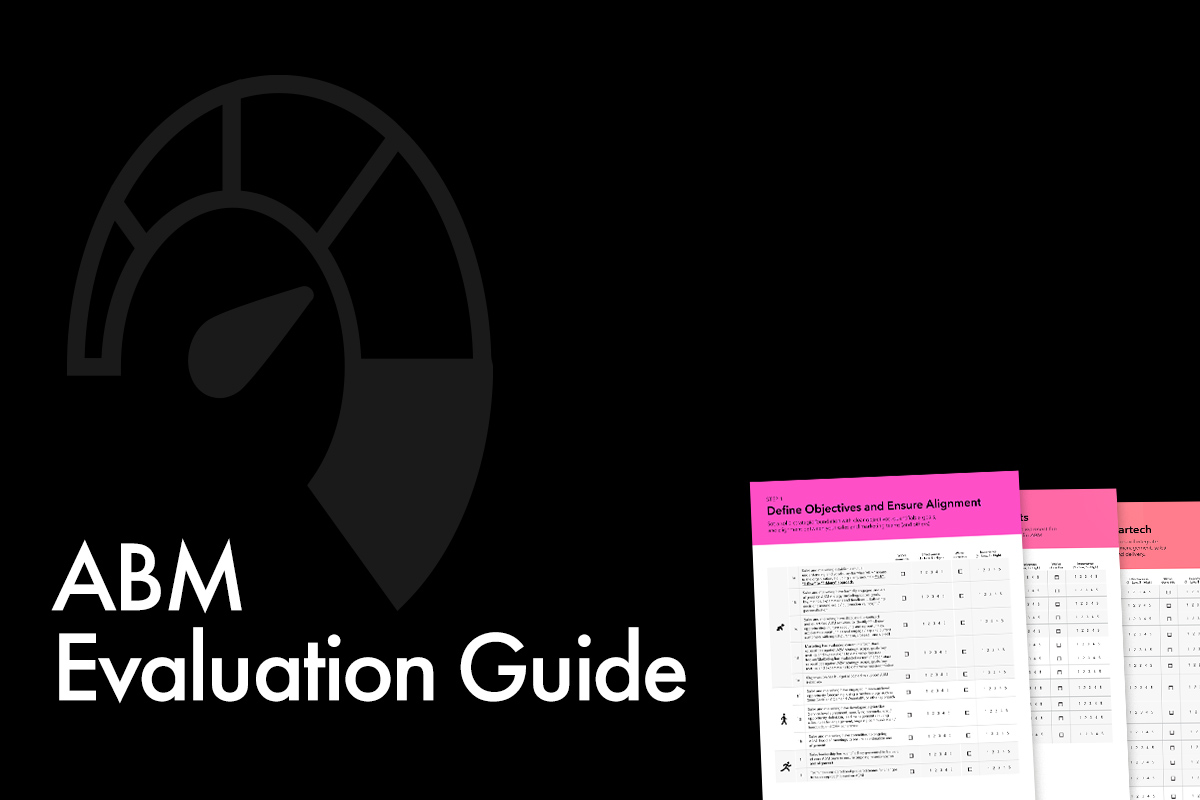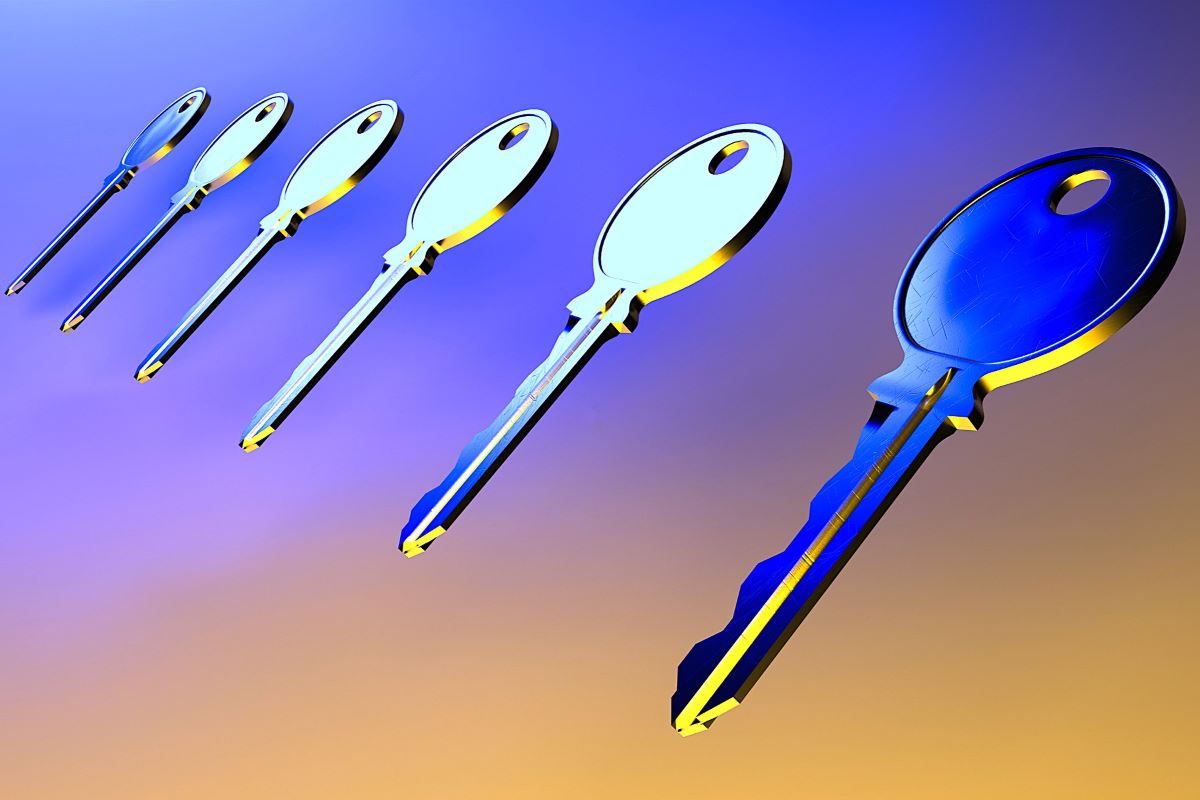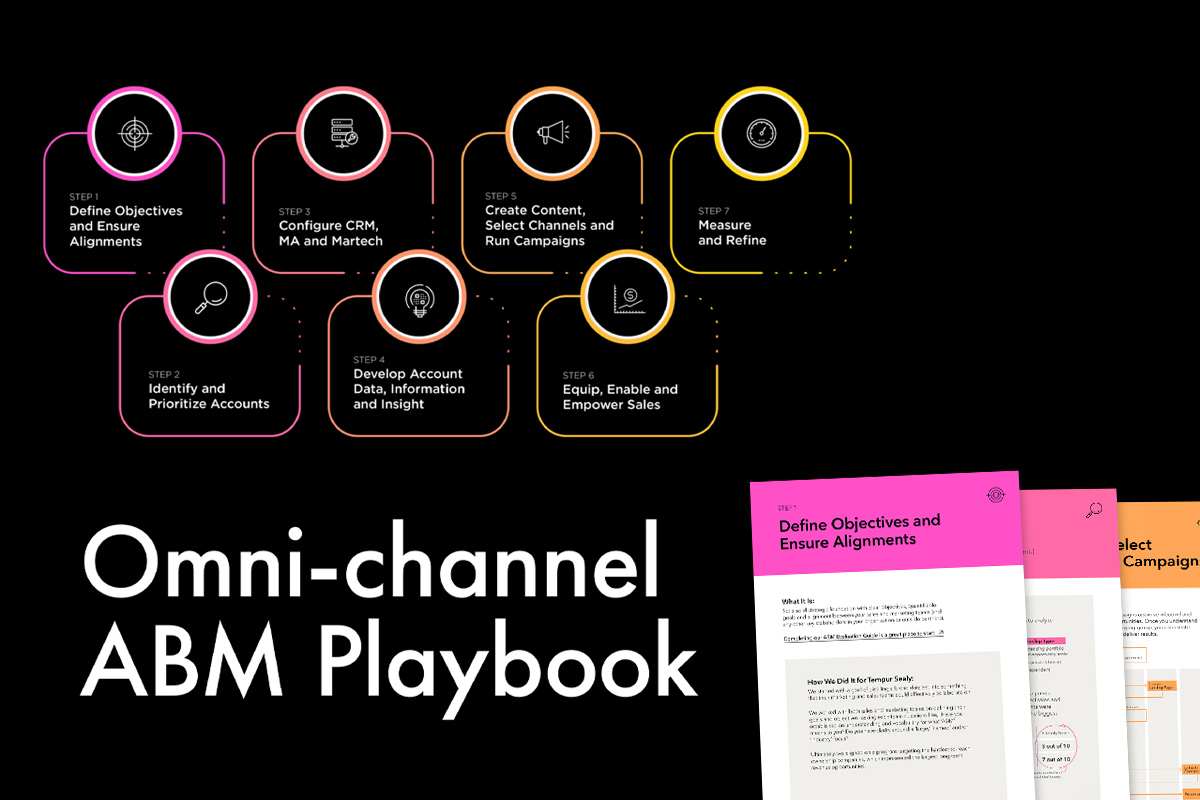8 Ways to Sharpen Your Trade Show Strategy

Share this story
Last month, we shared our hard-learned lessons in creating a strong booth environment at trade shows. These major industry events continue to play a critical role in B2B business generation, and your booth itself — from the floor plan to the lighting to the videos and signage — has to pull its weight in positioning you for maximum visibility and memorability.
But outshining competitors on the trade shade floor is only one part of an integrated trade show strategy. Trade shows are major annual investments, and there’s mounting pressure to post better and better results every year.
We have clients who manage to break their own records almost yearly, sometimes drawing a year’s worth of business from a single weekend. But it never happens without a comprehensive, razor-sharp strategy. After 25 years of diving head-on into the trade show experience along with them, we’ve embraced the fact that pre-show thinking, training and communicating are essential to delivering results. You have to face the challenge head-on, very early on, and you have to put the time in. If that sounds daunting, tackling these eight challenges will help keep you focused.
1. Get real about your goals
No trade show will be successful or productive for your company if your goals and objectives are an afterthought — or simply unrealistic. Ask yourself, what are you there to do? Launch a new product? Do in-person demos? Are you here to get more leads, strengthen relationships or actually close deals? Figure it out and feel good about it before you start sinking time, money and effort into preparations.
2. Think through your theme
If you’ve ever been to a trade show, you know the noise you’re up against. The last thing you want is to drown in it. Your signage, literature, video and talk tracks should all convey a single, simple message that’s noticeable and memorable — not just to customers and prospects, but to your own team as well.
3. Train the team
Your team is there for a reason. Tell them what the goal is, and how you’re going to get there. Define every team member’s role in working the event, whether they’re on the prep team or will be on-site. Make sure they know and understand the logistics that will affect their role, from the event agenda to your booth traffic flow to the AV setup. They should, without hesitation, be able to articulate the core message you’re communicating at the show, as well as exactly what, if anything, they’re responsible for in terms of post-show follow-up. Arm every team member with everything they need to succeed in advance, then get them going.
4. Preview & pre-schedule
Speaking of being prepared, your pre-show work couldn’t be more critical. Prior to the event, your sales team should know exactly which customers and prospects plan to attend, and you should have meetings and product demos pre-scheduled whenever possible. It’s typical for 20 to 30% of pre-scheduled appointments to turn into no-shows, but the 70 to 80% who do show up will contribute mightily to your overall productivity.
If you’re at all worried about getting those early commitments locked down, create a sense of exclusivity in your pre-show communications. “Sneak peeks” and “special previews” offered to a select group of qualified leads and existing customers will get more people in the books, sooner.
5. Manage every minute
It’s loud. It’s busy. And it’s over before you know it. Make the most of precious time at the show, when so many industry stakeholders are within arm’s reach. If you’re looking to conduct press interviews, attend talks or gain competitive intelligence, make sure that’s built into your schedule, that you have team members assigned specifically to each of these tasks and that they know exactly what you expect to get out of every one of these opportunities.
6. Seize social opportunities
Let’s face it — trade shows bring you, your executives, your sales force, major industry influencers and potential customers to the same place at the same time. And that doesn’t happen often. So take advantage of it — host dinners or cocktail hours after hours, away from the hustle and bustle of the show. It’s a great way to pause the action and strengthen important relationships, even conduct business without all the distractions. This is another thing that requires a lot of preparation, as restaurants fill up just as fast as people’s schedules will. So make your reservations and issue your invitations well in advance.
7. Say yes to screening
Think back to the goals you set in step 1. If you’re at the show to generate leads, then be sure you screen every booth visitor so you can focus time and energy on those who truly qualify. That’s not something you’ll want to feel your way through at the show — you need specific, pre-established guidelines for your entire team, from the proper qualifying questions to the methods or devices with which you want to capture their responses. Even if a visitor doesn’t qualify for significant time with your team at the booth, like doing a demo or hearing a sales pitch, they could be a valuable lead you can nurture over time.
8. Follow up before things cool down
There’s an incredible feeling of accomplishment as a big trade show draws to an end. Enjoy it — but don’t let yourself off the hook just yet. Those first few weeks and months following a show should be spent aggressively pursuing the leads you just spent so much time, money and energy capturing. Your first task when you arrive home and get back to work is to get those new leads into your SFA or CRM, so you can start properly sourcing, statusing and assigning them. Your sales leadership should prep the salesforce with a talk track and all the resources they need to effectively follow up, while your marketing leadership primes a timely and targeted campaign to keeps leads progressing through the funnel. Because this involves the carefully coordinated efforts of a lot of people on a lot of teams, consider hosting a post-show sales and marketing scrum to get everyone aligned with the game plan and ready to get out there and close.
Take these tips to heart, and they’ll help you succeed at your next trade show. Remember, your booth environment is important, but so is your strategy. Watch for more tips to come as we continue this series on trade show success!


